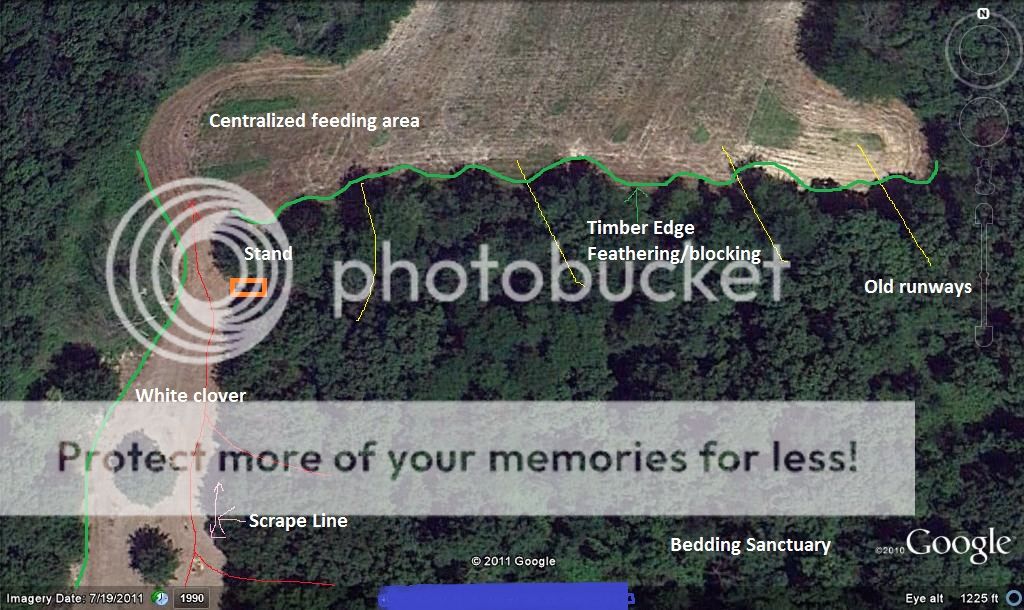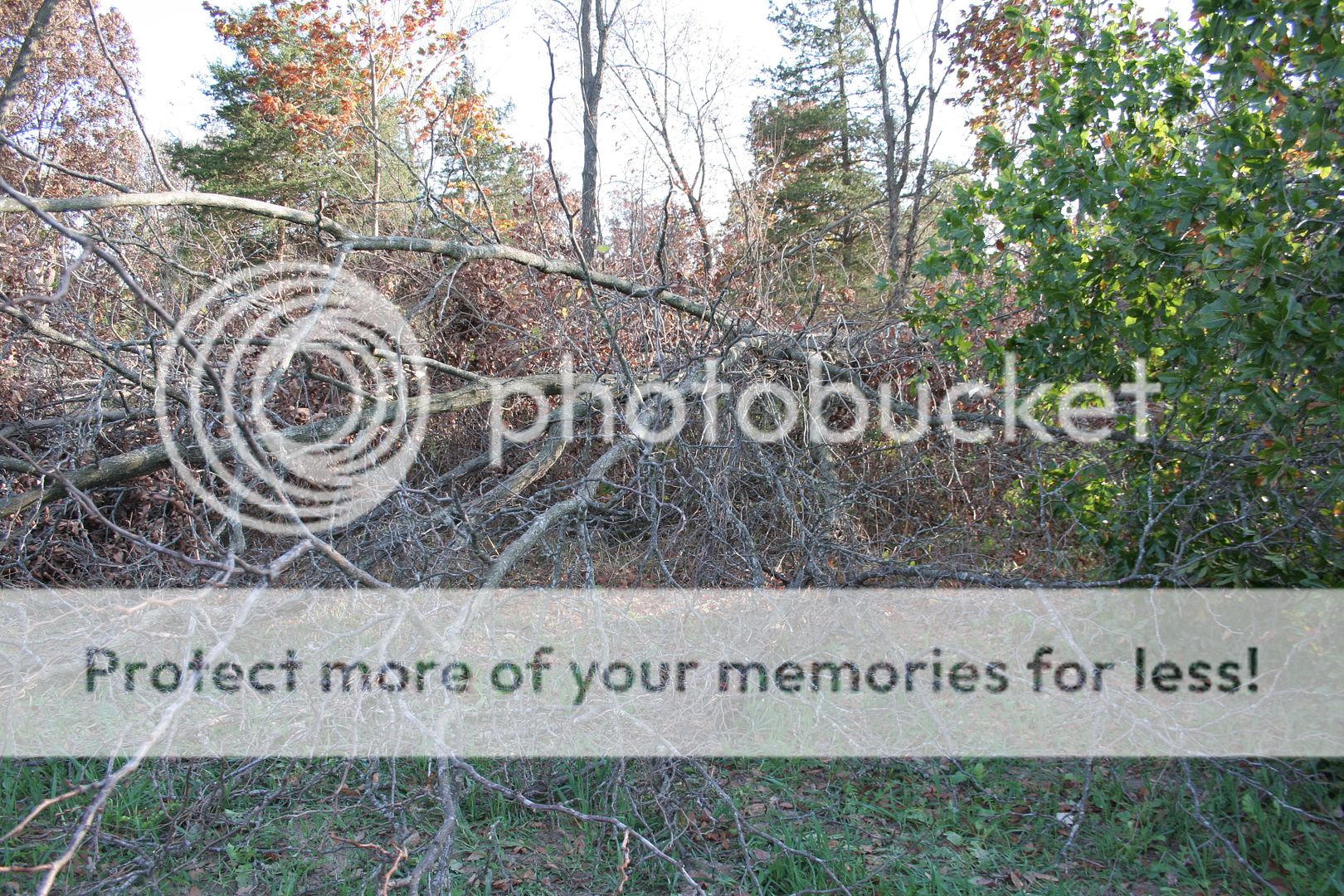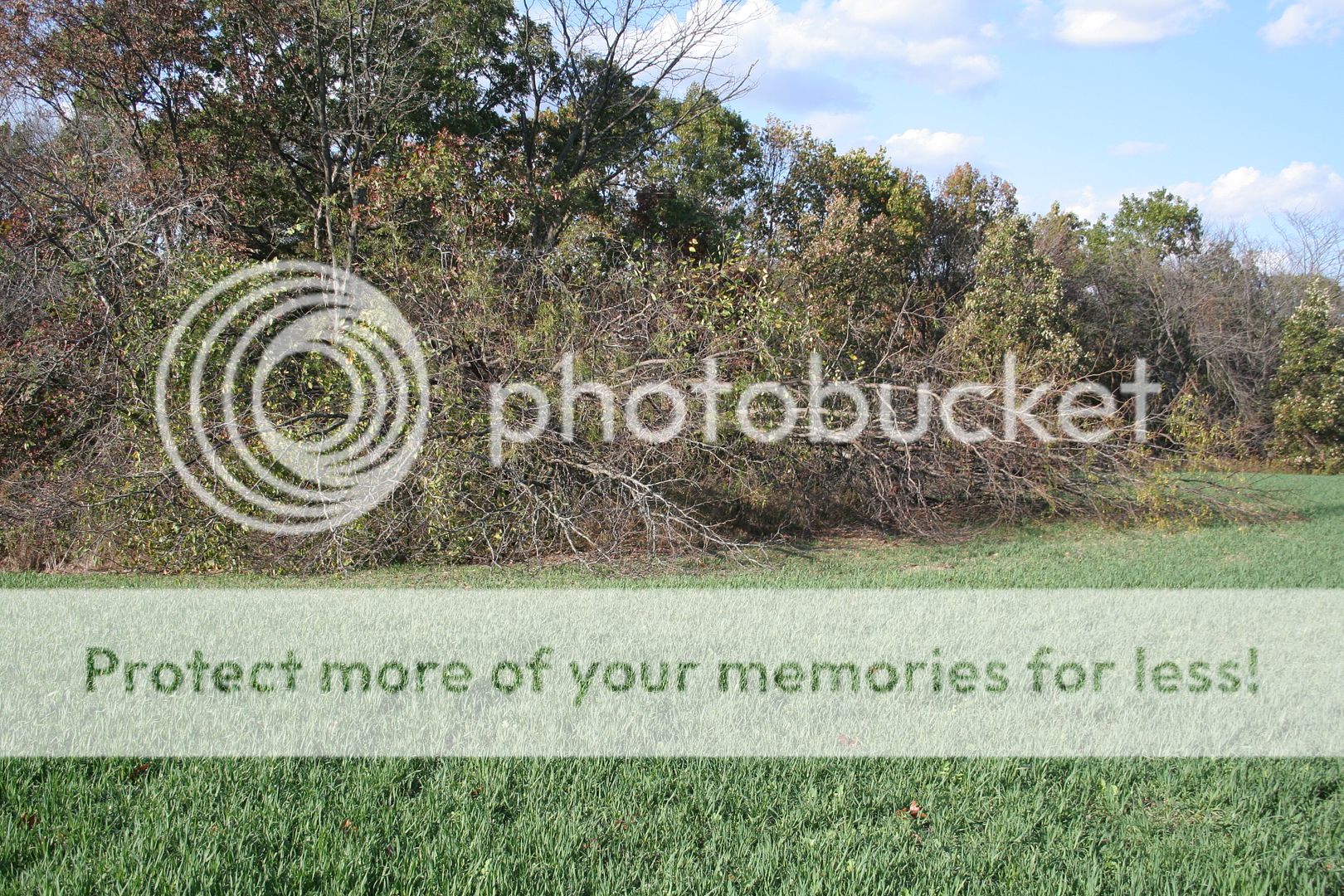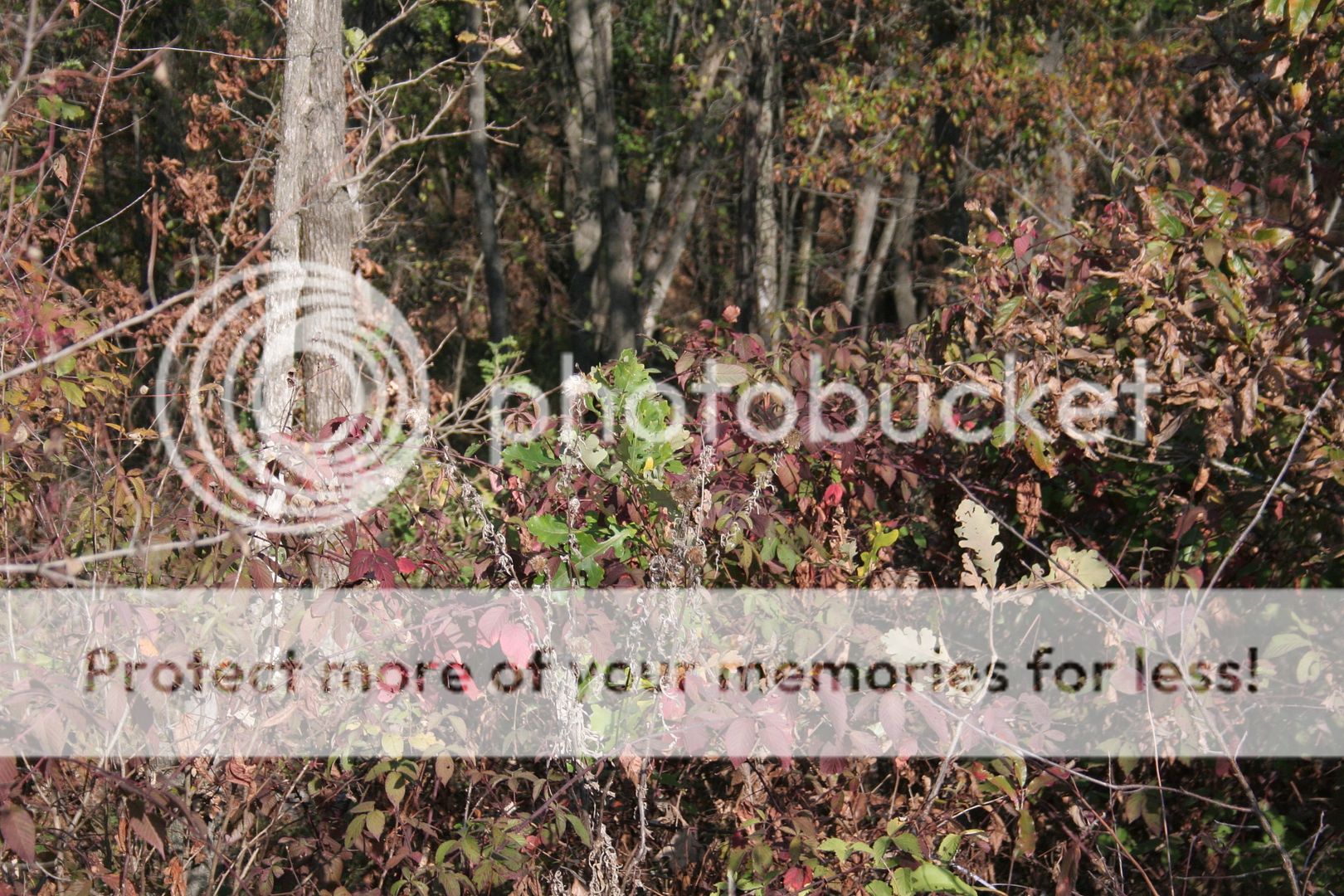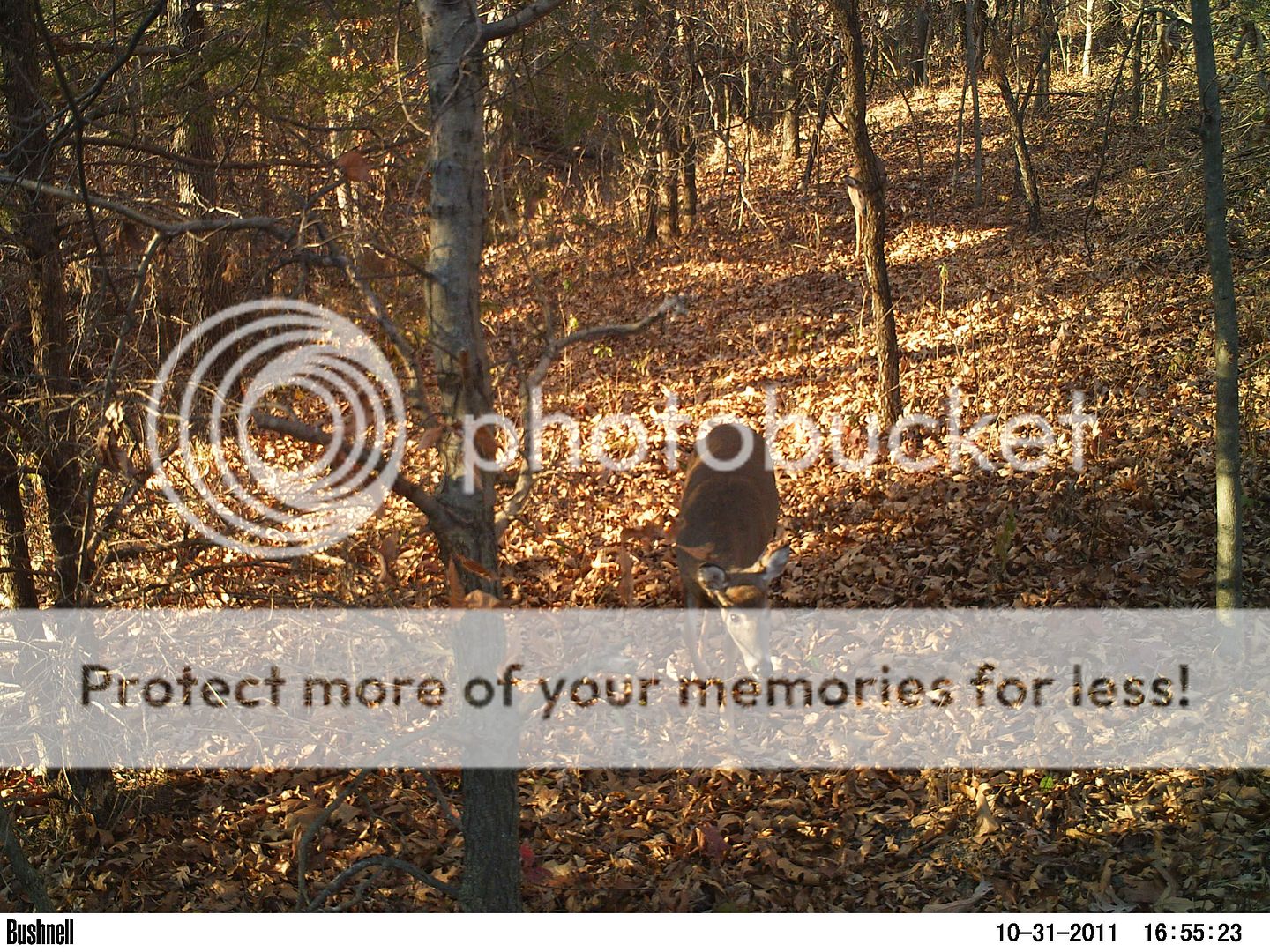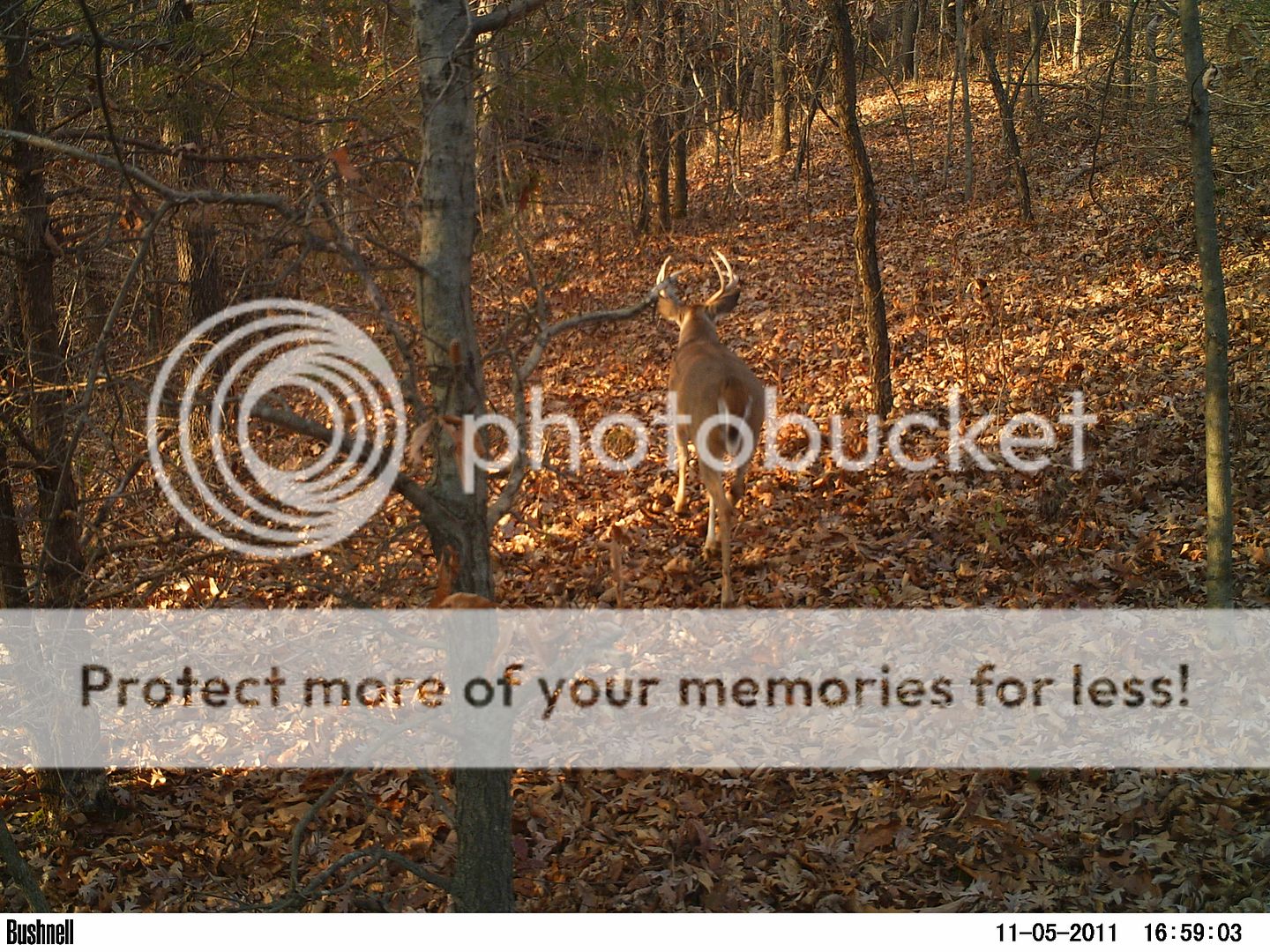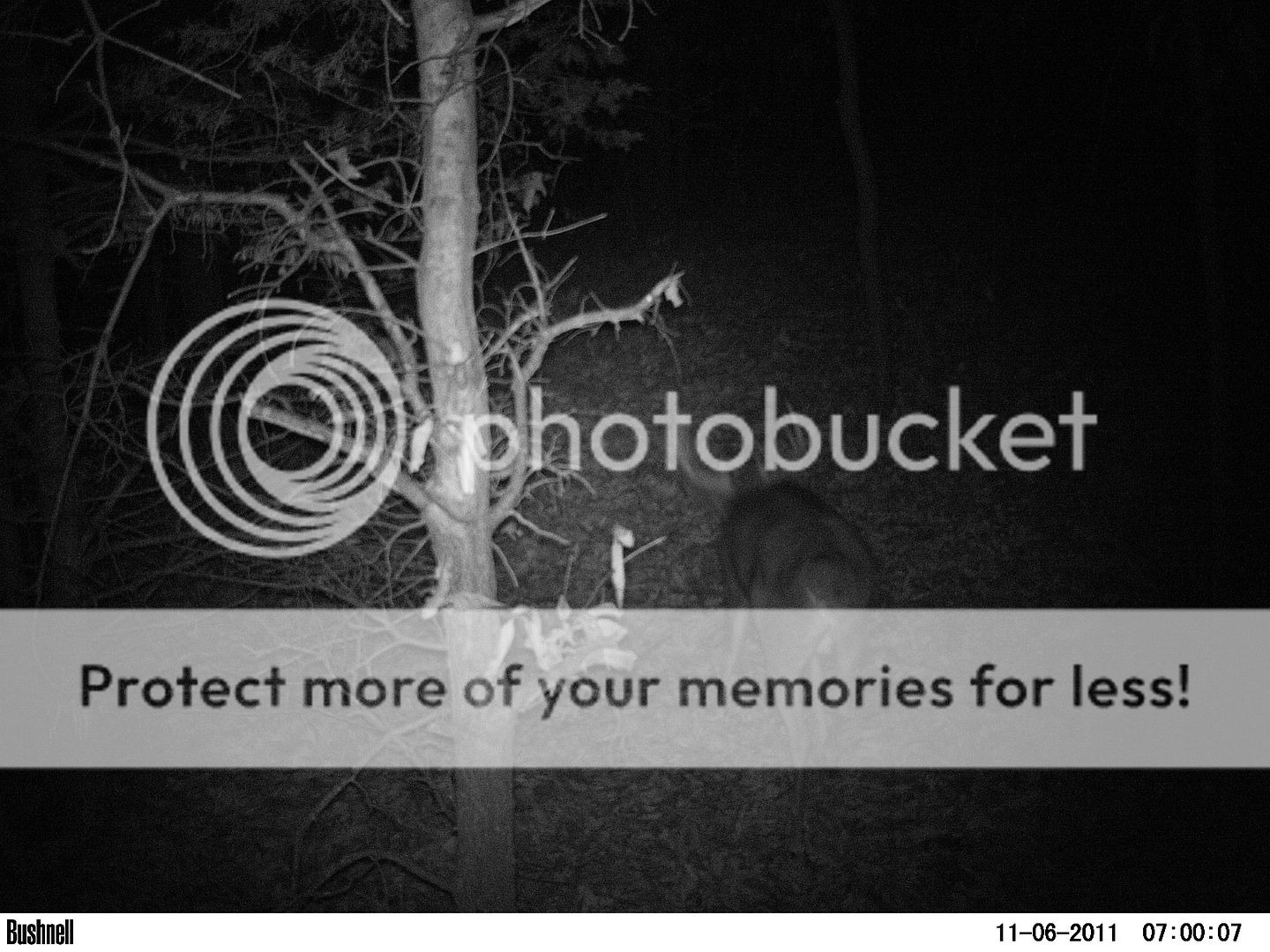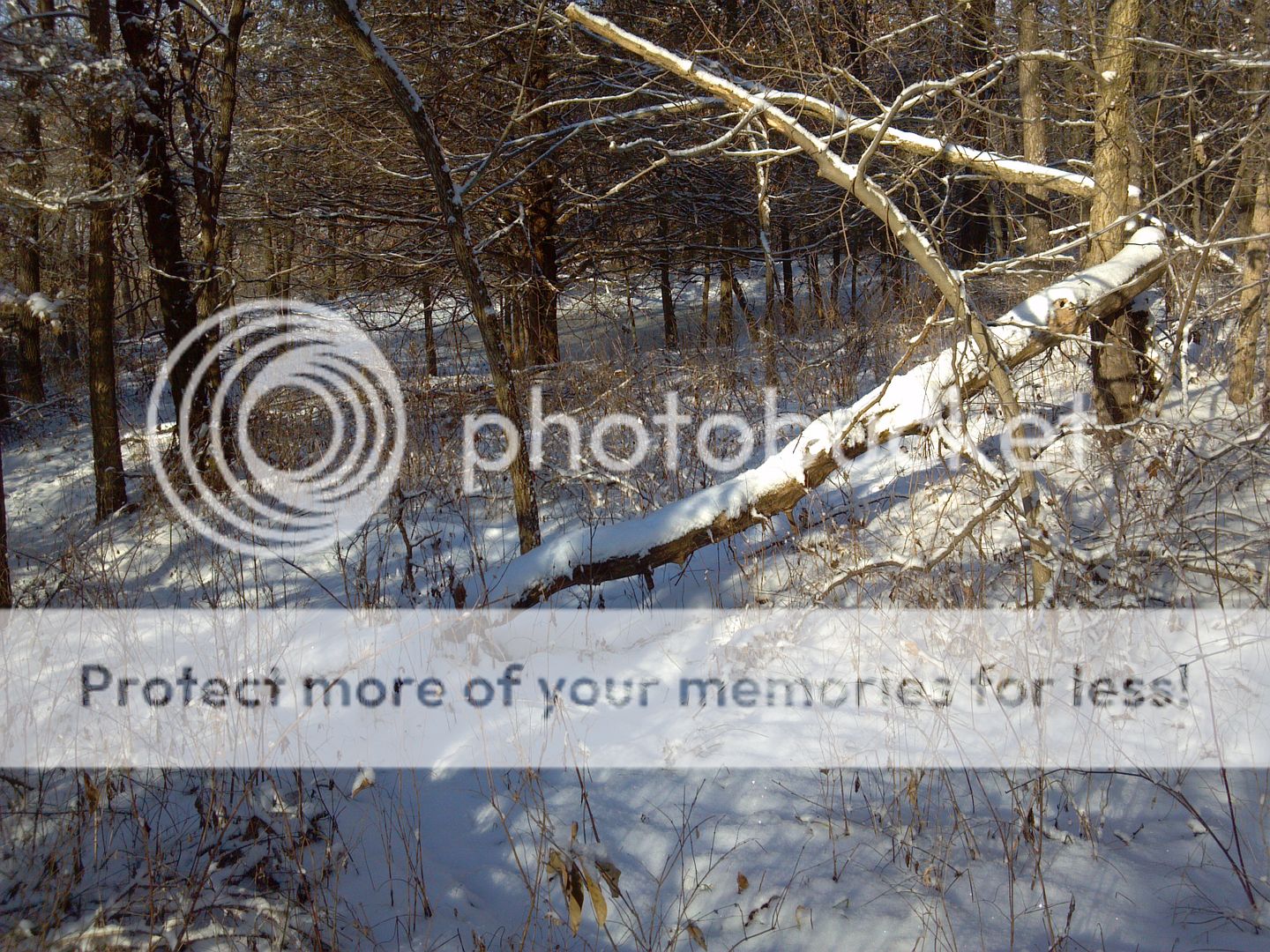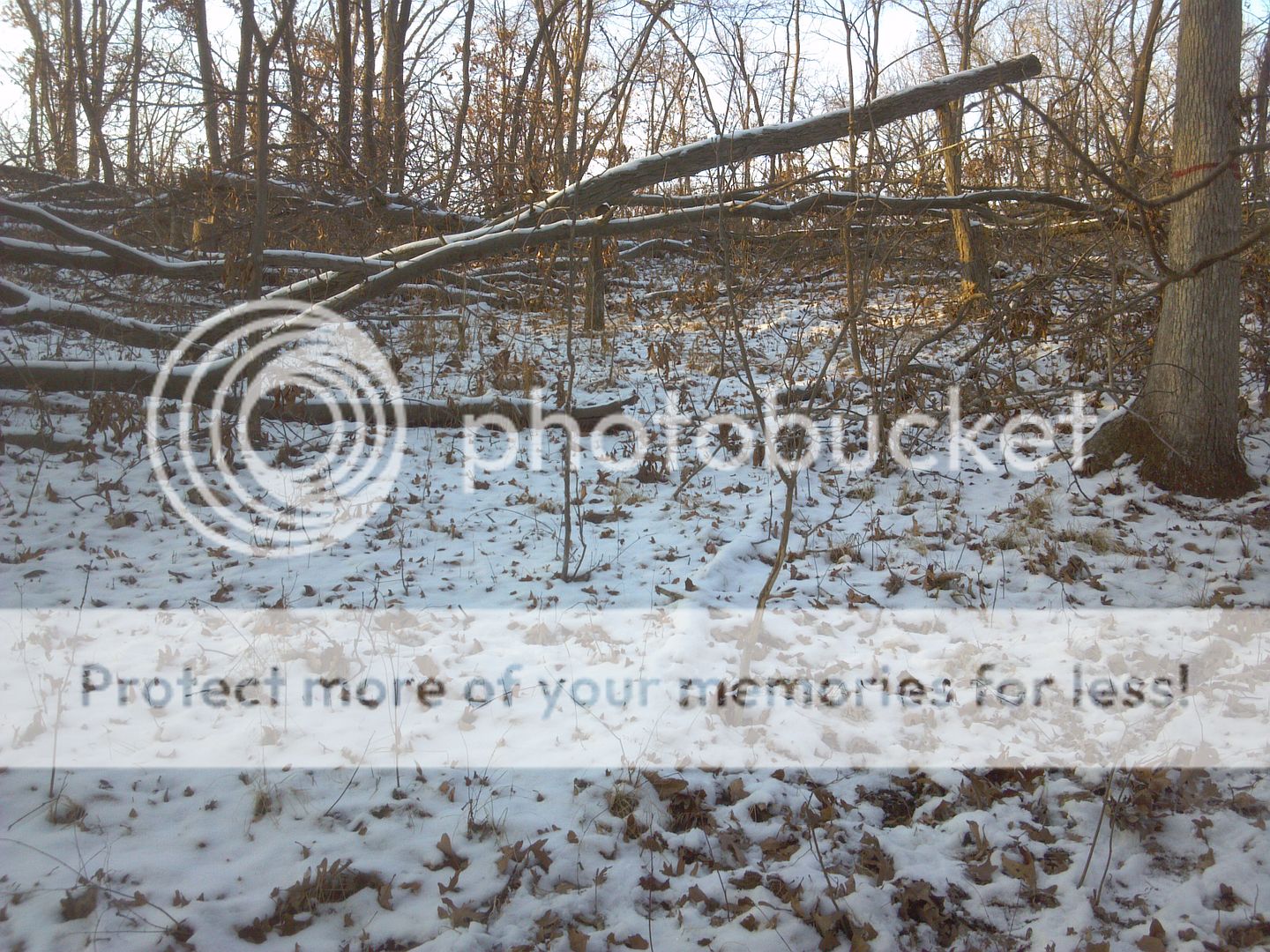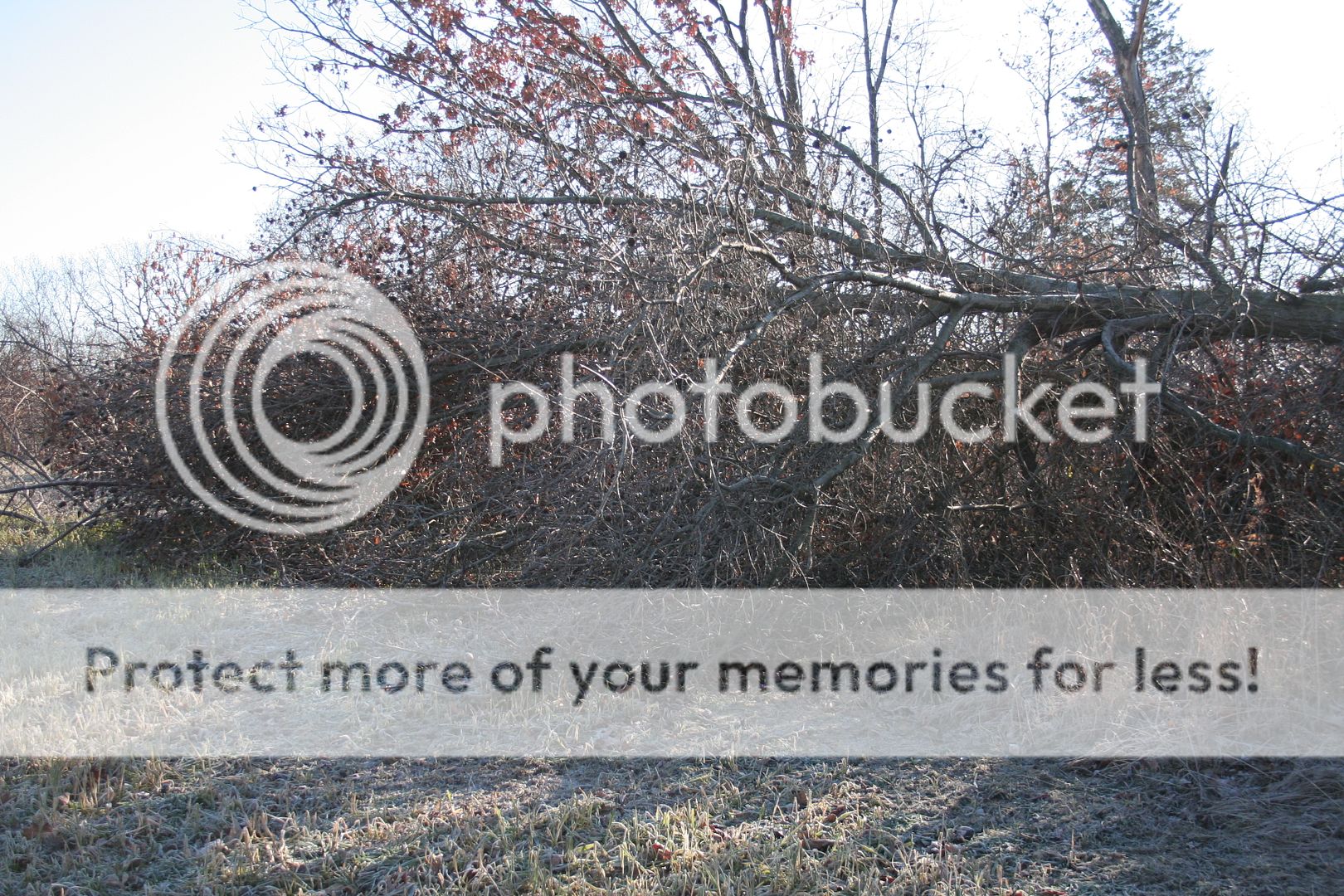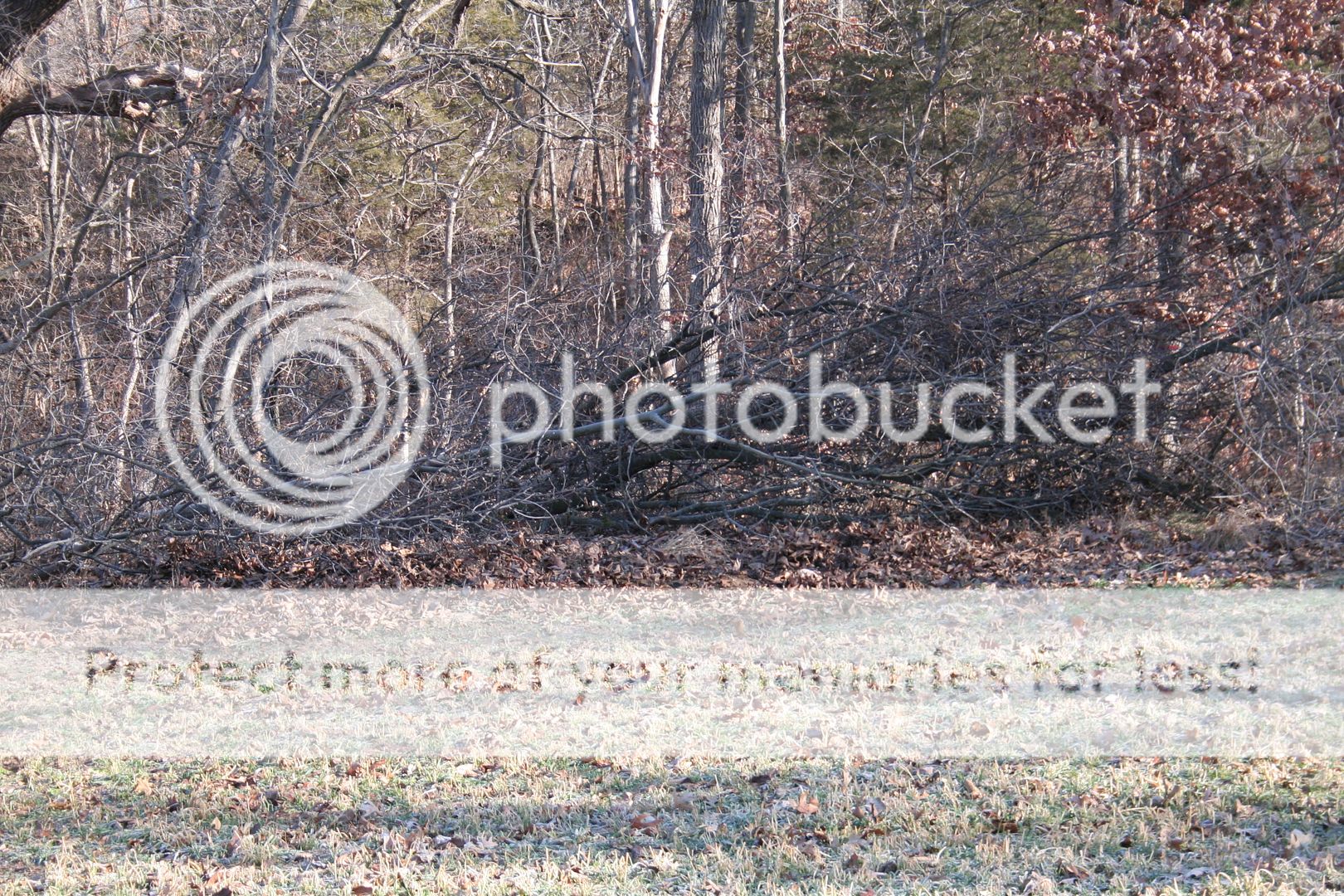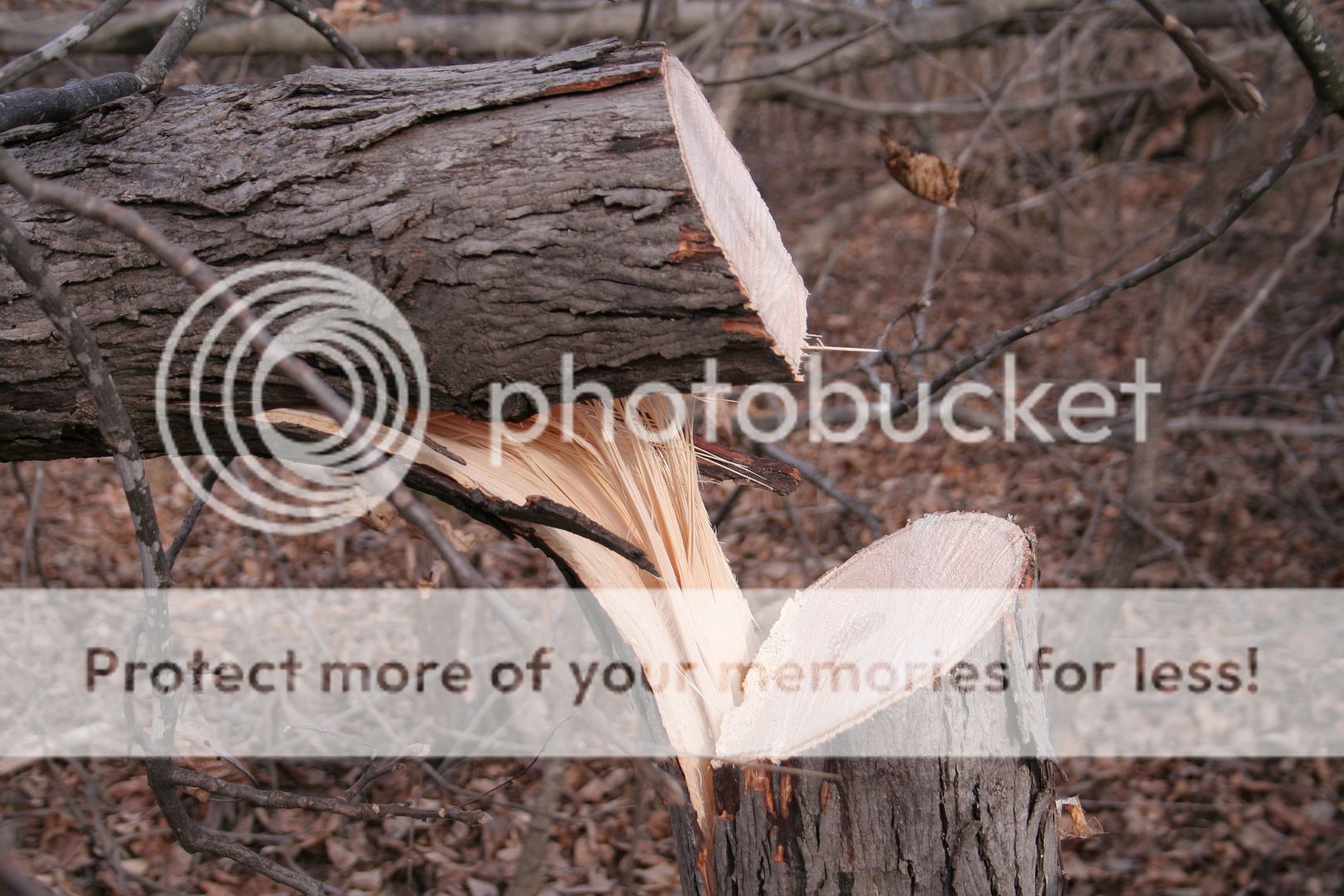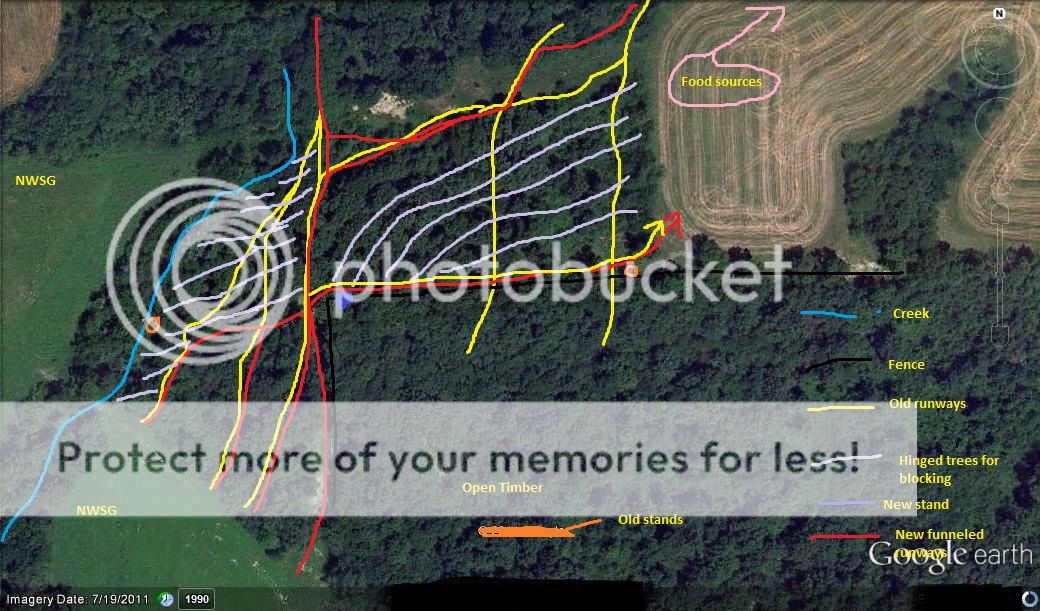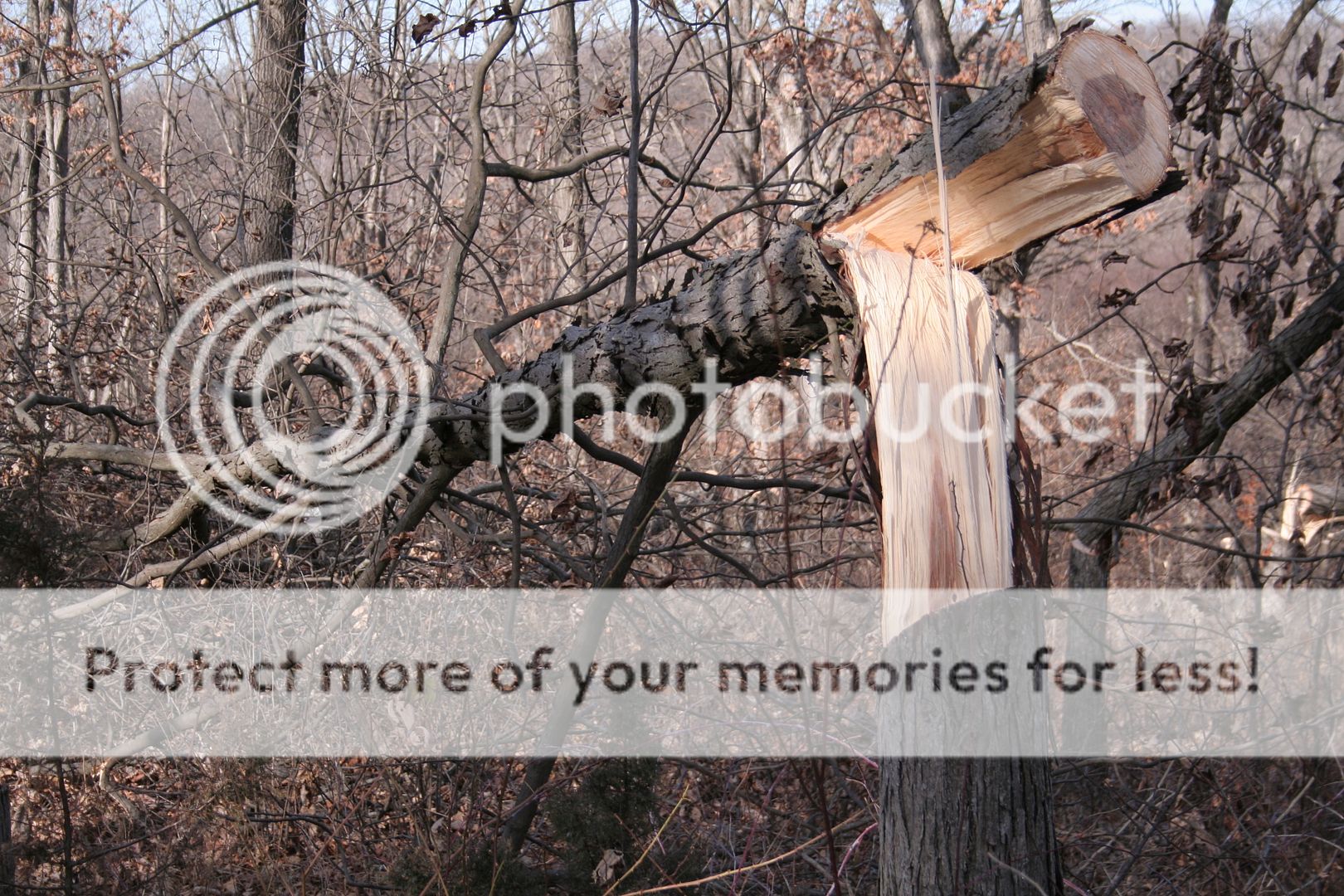Lost Arrow
Member
Here's an example of using cut trees for blocking in a narrow semi open area that is already a natural funnel. The area will be planted to clover and the sides blocked to force deer to use only a few runways where stands can be located.
A few scattered oaks were left standing...

I used the tractor and loader to push up trees into a natural "fence" along the edge

Small openings can easily be filled by hinging a few weed trees into the opening.



These areas will quickly explode with lush new growth, primarily blackberry and sumac that will provide both screening and browse



The long narrow area leads to other food sources but deer are far more likely to enter this very secluded and hidden area long before dark

Some edges we will edge feather during winter months, taking advantage of the plethora of cull/weed trees along the edge

These will be hinged and then pushed around parallel with the field to create even more blocking/funneling.

White clover will work perfectly in this area, the only crop able to withstand the heavy grazing that will occur here thanks to high deer densities, but also easy to maintain with occasional spraying and mowing.
Look over your aerial maps because you may find you have a spot where something similar might work for you and edge feather/blocking can be done along any field edge to provide screening, browse and a funneling effect.

A few scattered oaks were left standing...

I used the tractor and loader to push up trees into a natural "fence" along the edge

Small openings can easily be filled by hinging a few weed trees into the opening.



These areas will quickly explode with lush new growth, primarily blackberry and sumac that will provide both screening and browse



The long narrow area leads to other food sources but deer are far more likely to enter this very secluded and hidden area long before dark

Some edges we will edge feather during winter months, taking advantage of the plethora of cull/weed trees along the edge

These will be hinged and then pushed around parallel with the field to create even more blocking/funneling.

White clover will work perfectly in this area, the only crop able to withstand the heavy grazing that will occur here thanks to high deer densities, but also easy to maintain with occasional spraying and mowing.
Look over your aerial maps because you may find you have a spot where something similar might work for you and edge feather/blocking can be done along any field edge to provide screening, browse and a funneling effect.





























